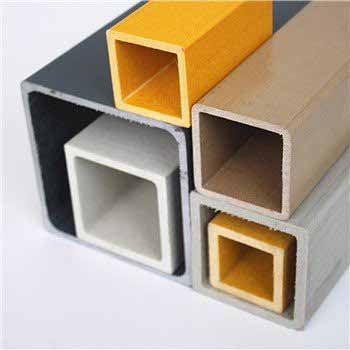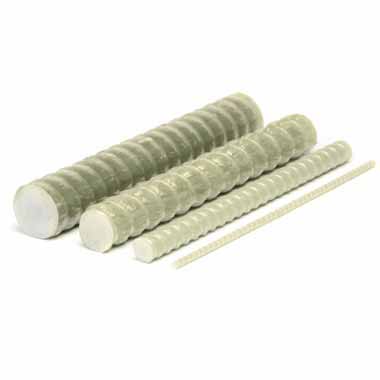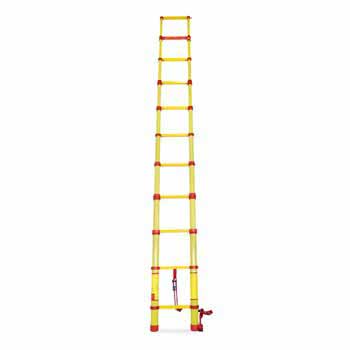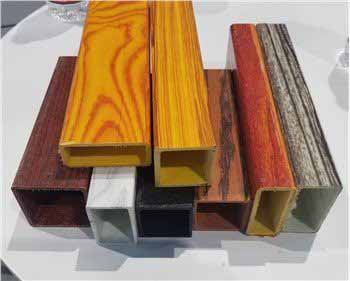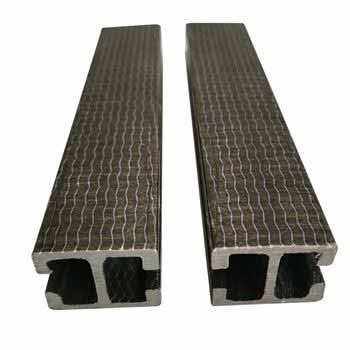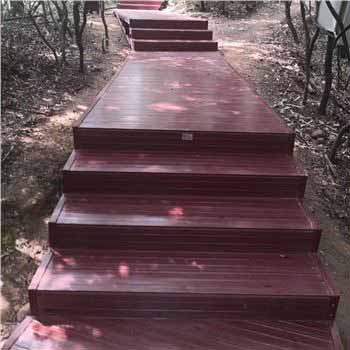Vinyl Sheet Piling: A Cost-Effective and Durable Solution for Shoreline Protection
Sheet piling is a type of retaining wall that consists of interlocking panels driven into the ground to create a continuous barrier along the shoreline. Sheet piling is used for various purposes, such as preventing erosion, stabilizing slopes, protecting structures, controlling water levels and creating waterfront amenities.
Vinyl sheet piling is a type of sheet piling that is made of vinyl or polyvinyl chloride (PVC) composite materials. Vinyl sheet piling offers many advantages over traditional materials, such as wood, steel or concrete. Vinyl sheet piling is resistant to corrosion, UV rays, insects and marine borers. Vinyl sheet piling is also lightweight, easy to install and environmentally friendly.
In this article, we will explore the benefits, challenges and prices of vinyl sheet piling in more detail. We will also compare vinyl sheet piling with other types of sheet piling in terms of performance, durability and cost-effectiveness.
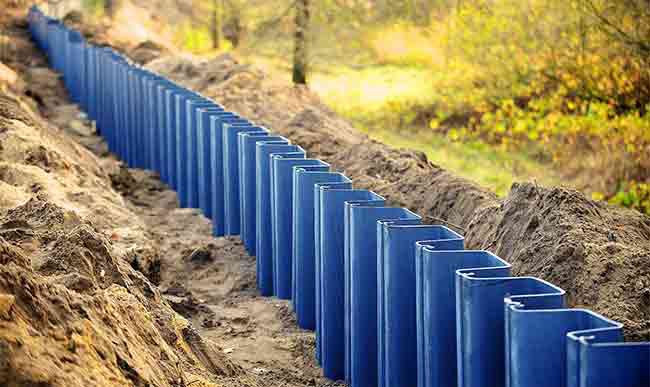
Benefits of Vinyl Sheet Piling
Vinyl sheet piling has several benefits over other types of sheet piling that make it an attractive option for shoreline protection. Some of the main benefits are:
Corrosion resistance: Vinyl sheet piling does not rust or corrode when exposed to water, salt, chemicals or oxygen. This means it can last longer and maintain its strength in harsh environments. Corrosion can cause other types of sheet piling to lose their cross-sectional area and bond with soil, leading to structural failure and costly repairs1.
Lightweight: Vinyl sheet piling is about 80% lighter than steel sheet piling of the same size2. This reduces the labor and equipment costs associated with handling, transporting and installing sheet piling. It also reduces the driving force required to penetrate the soil and the settlement of the foundation.
High tensile strength: Vinyl sheet piling has twice the tensile strength of steel sheet piling of the same size2. This means it can resist more tension forces without breaking or deforming. Tensile strength is especially important for sheet piling structures that are subject to bending, cracking or seismic activity.
UV resistance: Vinyl sheet piling has high UV resistance compared to other types of sheet piling. This means it does not fade or degrade due to exposure to sunlight. UV resistance can improve the aesthetic appearance and lifespan of the sheet piling structure.
Insect and marine borer resistance: Vinyl sheet piling does not attract or harbor insects or marine borers that can damage wood or concrete sheet piling. Insect and marine borer resistance can prevent deterioration and decay of the sheet piling structure.
Environmental friendliness: Vinyl sheet piling is made of recycled materials and does not leach harmful chemicals into the water or soil. Vinyl sheet piling is also recyclable at the end of its service life. Environmental friendliness can reduce the environmental impact and carbon footprint of the sheet piling project.
Challenges of Vinyl Sheet Piling
Despite its advantages, vinyl sheet piling also has some challenges that need to be considered before using it in shoreline protection projects. Some of the main challenges are:
Higher initial cost: Vinyl sheet piling is generally more expensive than wood or steel sheet piling per unit length. The price may vary depending on the size, shape and quality of the vinyl sheet piling. According to some sources3 , vinyl sheet piling can cost between $7 to $45 per 20-foot piece, while wood or steel sheet piling can cost between $4 to $25 per 20-foot piece.
Lower compressive strength: Vinyl sheet piling has lower compressive strength than steel or concrete sheet piling of the same size2. This means it cannot resist as much compression forces without buckling or crushing. Compressive strength is important for sheet piling structures that are subject to vertical loads or pressure.
Lower modulus of elasticity: Vinyl sheet piling has lower modulus of elasticity than steel or concrete sheet piling of the same size2. This means it has more deflection or deformation under the same load. Modulus of elasticity is a measure of how stiff or flexible a material is. A lower modulus of elasticity may affect the serviceability and durability of the sheet piling
Vibratory hammer: A vibratory hammer is a device that attaches to the top of the sheet piling and produces rapid vertical vibrations that drive the sheet piling into the ground. A vibratory hammer is suitable for cohesive or dense soils and can increase the penetration rate and depth of installation.
Impact hammer: An impact hammer is a device that attaches to the top of the sheet piling and delivers repeated blows that drive the sheet piling into the ground. An impact hammer is suitable for hard or rocky soils and can overcome high resistance and friction during installation.
Mandrel: A mandrel is a device that fits inside the hollow section of the she
et piling and provides support and guidance during installation. A mandrel can be used with water or air jetting, vibratory hammer or impact hammer to prevent damage or deformation of the sheet piling and improve the alignment and accuracy of installation.
The installation of vinyl sheet piling requires proper planning, preparation and supervision to ensure a successful and safe outcome. Some of the factors that need to be considered before and during installation are:
Soil investigation: Soil investigation is a process of collecting and analyzing soil samples from the site to determine the soil type, strength, density, moisture content and other properties that affect the installation method and equipment selection.
Design specifications: Design specifications are a set of requirements and guidelines that define the dimensions, layout, alignment, spacing, depth and connection of the sheet piling structure. Design specifications are based on the purpose, function and location of the project and comply with relevant codes and standards.
Installation equipment: Installation equipment is a selection of tools and machines that are used to install the sheet piling according to the design specifications. Installation equipment includes driving devices, mandrels, clamps, guides, cranes, excavators and other accessories that facilitate the installation process.
Installation procedure: Installation procedure is a sequence of steps that are followed to install the sheet piling in a safe and efficient manner. Installation procedure includes site preparation, sheet piling delivery and handling, driving method and sequence, sheet piling alignment and adjustment, sheet piling connection and finishing.
Comparison with Other Types of Sheet Piling
Vinyl sheet piling is not the only type of sheet piling available for shoreline protection projects. There are also other types of sheet piling made from different materials, such as:
Wood Sheet Piling: Wood sheet piling is a type of sheet piling that is made of treated wood planks or timbers that are interlocked by tongue-and-groove joints. Wood sheet piling is easy to install and has a natural appearance that blends with the environment. However, wood sheet piling is susceptible to decay, insect attack and marine borer damage and has a limited lifespan.
Steel Sheet Piling: Steel sheet piling is a type of sheet piling that is made of steel plates or sections that are interlocked by cold-formed or hot-rolled joints. Steel sheet piling has high compressive strength, modulus of elasticity and durability and can be used for deep foundations and heavy loads. However, steel sheet piling is prone to corrosion, rusting and galvanic action and requires protective coatings or cathodic protection.
Concrete Sheet Piling: Concrete sheet piling is a type of sheet piling that is made of precast concrete panels or sections that are interlocked by tongue-and-groove or ball-and-socket joints. Concrete sheet piling has high compressive strength, fire resistance and abrasion resistance and can be used for permanent structures. However, concrete sheet piling is heavy, brittle and difficult to install and requires reinforcement or prestressing.


